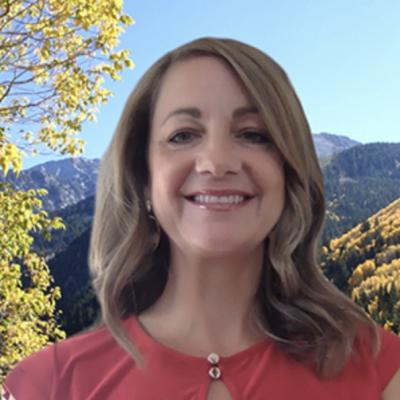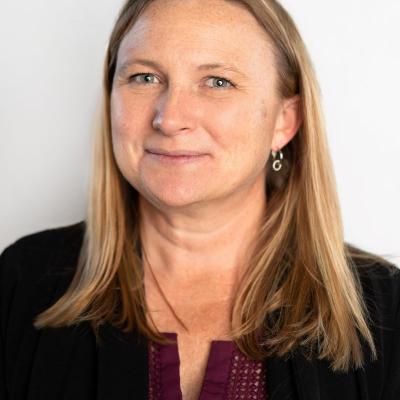The Importance of Community for Women in STEM
In the fields of science, technology, engineering, and mathematics, building a supportive community is essential for women to thrive. Historically, women in STEM have faced unique challenges, from gender bias to a lack of representation and mentorship. A strong community offers a network of encouragement, resources, and shared experiences that can inspire resilience and confidence. Through mentorship, collaboration, and networking opportunities, women in STEM communities not only help break down barriers but also empower future generations of women scientists and innovators to pursue and excel in these fields. By fostering an environment of mutual support, women in STEM can collectively work towards achieving equity and driving impactful advancements in science and technology.
Listed below, we have sections on the role of community in education, research, and career development, including insights from interviews with women in STEM who share their experiences and perspectives on the power of community in shaping their journeys.
Community in Education
Education often serves as the foundation for building a supportive community, and the interviewees shared how these experiences shaped their paths. Holly Sebahar highlighted the importance of fostering inclusivity in her classroom by developing a robust teaching assistant (TA) program. With a six-to-one student-to-TA ratio, Holly ensures that students can connect with mentors who reflect a variety of personalities and backgrounds. “I love the fact that when you have that many TAs, you have a huge range of everything—personality, background, all the things,” she explained. This approach creates a supportive environment where students feel seen and valued.
For many interviewees, family played a critical role in fostering curiosity and resilience early in life. McKenzie Skiles credited her father, a math teacher, with nurturing her interest in environmental science by encouraging her to explore puzzles and ask questions. Similarly, Holly’s mother instilled confidence in her from a young age, frequently telling her, “You know what you want. You go get it.” These early messages of support helped both women persevere through challenges in their academic and professional journeys.
Teachers and mentors also played pivotal roles. Holly Sebahar cited Professor Nancy Carpenter’s dynamic teaching style as the spark that ignited her passion for organic chemistry. Brittany Coats recalled how a professor’s public recognition of her high exam score helped break down barriers with her male classmates, ultimately leading to the formation of her core support group. For Kristina Feldman, teachers provided encouragement that kept her engaged with education during times when focus and motivation were difficult to maintain. “I had teachers who never lost hope in me,” she said, underscoring the importance of educators who see potential in their students.
Community in Research
Mentorship and collaboration emerged as essential themes in the research experiences of the interviewees. Holly Sebahar credited her undergraduate mentor, Professor James Togeas, for his empathy and understanding during a critical time in her academic career. When Holly struggled with a physical chemistry test due to the stress of deciding between graduate schools, Professor Togeas demonstrated extraordinary kindness by excusing her from the test. “The fact that he showed me that grace… affects me on a day-to-day,” Holly explained, noting how it inspires her to extend similar empathy to her students, creating a ripple effect of support.
McKenzie Skiles emphasized the transformative power of mentorship during her PhD, particularly from strong female mentors who guided her professionally and personally. “I felt comfortable enough to ask them for advice… not just about research but about career challenges,” she shared. These mentors helped her navigate a male-dominated field, fostering a sense of confidence and belonging. Brittany Coats similarly reflected on the pivotal support of her graduate advisor, who encouraged her to take on ambitious projects, providing her with the tools to grow as a researcher and professional.
Ashley Hechler found a similar sense of encouragement in veterinary medicine, where she developed a network of like-minded peers. “They’re my support system,” she said, describing how her veterinary school group chat remains a vital space for sharing challenges and advice. This combination of mentorship and peer collaboration highlights the importance of building a strong support system in research.
Community in Career
The journey toward a successful STEM career often requires a sense of belonging, which many interviewees found through peer and professional networks. For Brittany Coats, this sense of community developed after her male classmates, initially skeptical of her abilities, came to admire her talent and determination. “Once I became friends with that group, that’s when I felt like I belonged,” she recalled, explaining how their support not only helped her academically but also provided a critical social network in a male-dominated field.
In veterinary medicine, Ashley Hechler emphasized the importance of collaboration with peers who shared her aspirations. Her network of fellow women pursuing specialties created a foundation of mutual encouragement. “It is important to have those groups because it is a very good support system,” she explained, highlighting how these relationships continue to provide emotional and professional support in her career.
McKenzie Skiles reflected on building peer connections during her postdoctoral research. She found solidarity with other women at the same career stage, sharing experiences and strategies for creating a more inclusive field. “Being able to talk amongst ourselves and say, ‘How do we make new graduate students feel more comfortable and supported?’ has made a difference,” she noted. This sense of collective effort illustrates how peer networks can help individuals thrive while fostering broader change in STEM
Page edited and researched by Jessica Davis and Isabel DuBay.
Later edited by Pamalatera C. Fenn



